- About
- Visiting
- What’s On
- Venue hire
- Catalogues
- Collections
- 101 Treasures of Chetham’s
- Digital Resources
- The Flowers of Histories
- A Book of Hours from France
- The Manchester Scrapbook
- Thomas Barritt of Manchester
- Art Treasures Examiner of 1857
- Manchester Association for Constitutional Order
- The North Western Museum of Science and Industry: Some Reminiscences by Richard Hills
- Criminal Manchester
- The Cup of Destiny
- Athenaeum Souvenir
- Middle English Manuscripts
- Manchester and Liverpool of Today
- Hollingworth’s Mancuniensis
- Memoir of Cecil Wray
- William Seward’s Diary
- The Anti-Monopolist
- Fishwick’s History of Rochdale
- Knyvett’s Defence of this Realm
- Tractatus de Nigromantia
- Axon Ballads
- Printed Books & Ephemera
- Archives & Manuscripts
- Prints and Photographs
- Blog
- Support us
Note, Gentle Reader
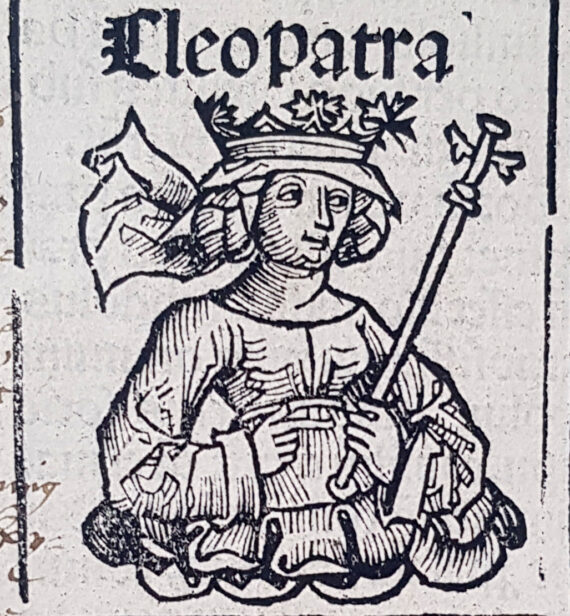
Thomas Gudlawe’s annotations in the Nuremberg Chronicle
The Chetham’s Library copy of the Liber Chronicarum (“The Book of Chronicles”, more commonly known as the Nuremberg Chronicle and previously featured in our 101 Treasures series here) is among the most extraordinary volumes housed in the Library. The book is an attempt at a comprehensive history of the world from its beginning to the time of the publication of the Chronicle, compiled by Hartmann Schedel from various sources and printed in the Nuremberg workshop of Anton Koberger in 1493. A stunning example of an incunabulum or early printed book, the Chronicle features beautiful woodcuts by Wilhelm Pleydenwurff and by Albrecht Dürer’s teacher Michael Wolgemut. It is possible that Dürer himself also contributed some of the images.
Although many copies of the Nuremberg Chronicle survive in libraries all over the world, the copy in Chetham’s Library is particularly noteworthy for the many handwritten annotations that cover almost every page of the book, as well as several additional leaves inserted at the front and back. Most of these annotations were created by Thomas Gudlawe, a lawyer from the North West of England, in the sixteenth century. They are not only extremely copious, but also show Gudlawe’s extraordinary strategies of reading.
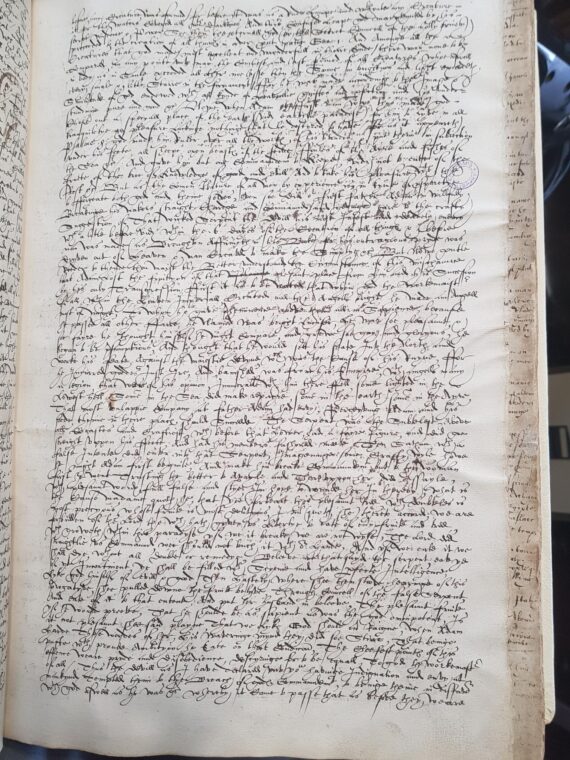
Fig 1: A page inserted at the front of the Chronicle and covered with Gudlawe’s text
While readers habitually annotated their books in the early modern period, Gudlawe’s annotations differ significantly from those created by most of his contemporaries. They testify not so much to an interested and active reader as to an almost obsessive attempt to fill the blank spaces on the pages of the Chronicle with as much information as physically possible, with annotations on topics ranging from Ethiopia to Merlin and from Cleopatra to the city of Nuremberg itself.
Gudlawe embarked on his encyclopaedic undertaking by not only amending and expanding the Chronicle’s printed index, but also inserting several glossaries that run throughout the whole book. They are roughly alphabetically structured and contain brief definitions of a large number of headwords. The glossary entries read much like a modern encyclopaedia or Wikipedia entry, for example “Averni, people of the countrye in France called Avergne”. This glossary is not directly related to the contents of the Nuremberg Chronicle, but instead demonstrates Gudlawe’s attempt to gather encyclopaedic knowledge on many different topics within his copy. Entries like the one about the “Averni” or another on the Nile (“a famous greate Ryver runninge thorowe Ethiope and Egypt”) demonstrate the global span of Gudlawe’s interests, reaching from North West England to distant places all around the world.
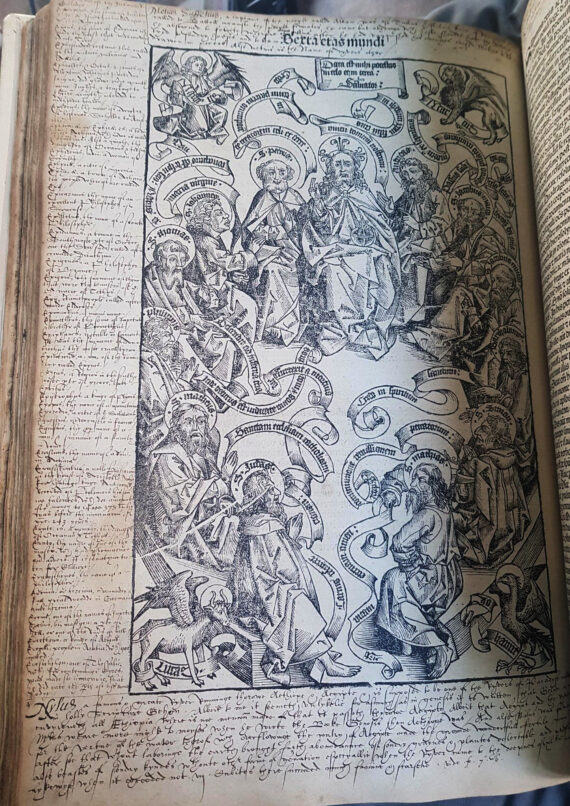
Fig. 2 : Page containing Gudlawe’s glossary entry on “Nylus” (the Nile).
In addition to his indexes and glossaries, Gudlawe also supplied cross-references and quotations from other sources on relevant pages. His insertions are usually addressed to an imagined “gentle reader” and often add colour and detail to Schedel’s text, such as when Gudlawe informs his readership that Cleopatra was “a ladye of Egypt which excelled in plesantnes & sharpnes of witt”, or that the city Sidon in Phoenicia not only boasted “plenty of fishes” but was also the site where “glasse [was] firste made”. Gudlawe then recorded these insertions in a separate index, which made his additions to the book as easily accessible as the printed text, thus turning Gudlawe himself into an active contributor to his personalised version of the Liber Chronicarum.
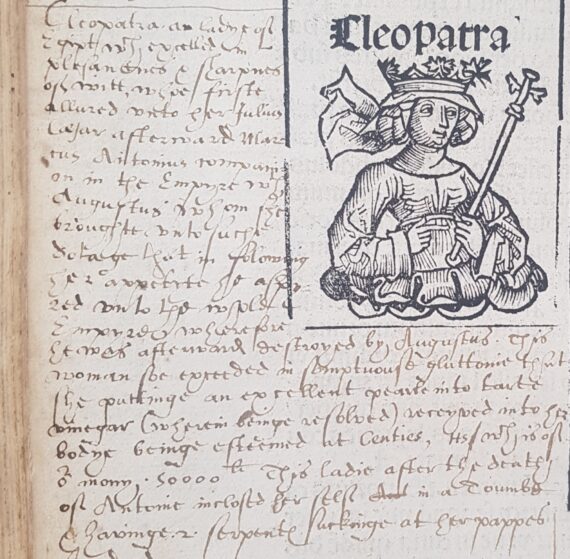
Fig. 3 : Gudlawe’s comments on Cleopatra.
One annotation is particularly noteworthy: on fol. 179r, Gudlawe recounts how, on the second of April 1569, Jesus appeared to him in a vision. This occurred after Gudlawe had been feeling “verie waveringe & weake in faith & tossed to & fro in conscience like the waves of the sea”. Gudlawe was kneeling down to pray in his room, “before the windowe, […] the dore barred”, when “upon a soden the perfecte and most glorious vision of Jesus Christe […] appeared plainlie before” him. Overwhelmed by this sight, Gudlawe’s “senses were shortlie confounded” and he fell into a “sweete and delectable sound” sleep. The vision had gone when Gudlawe woke up, but he retained a strong sense of reassurance and faith: he records that “all my former doubtes were removed” and “I have ever since bene setled & confirmed in a true & perfecte faith”.
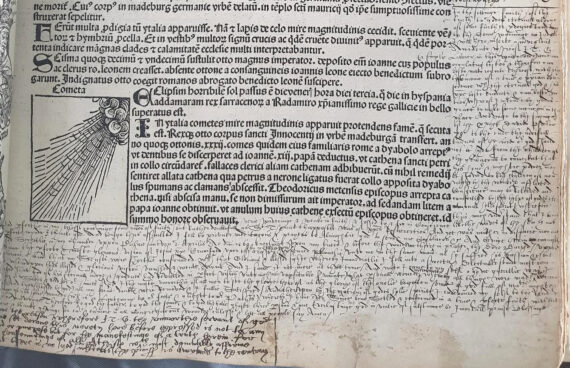
Fig. 4 : Gudlawe’s account of his vision of Jesus.
This deeply personal passage allows us not only a glimpse of Gudlawe’s physical surroundings (his bedchamber, the locked door, the window), but also provides a rare insight into the emotional world of a past reader, from his metaphysical doubts, powerfully illustrated by his comparison with the sea, to his wonder and joy at the vision that he saw as a clear and reassuring confirmation of his faith. Despite the almost intimate nature of this annotation, however, Gudlawe did not intend it as a personal record, but as “the manefestinge” of god’s existence, as he states in a note added below his account of his vision – in a way, Gudlawe here treats his own experience as another cross-reference and as source material for the encyclopaedic work into which he was shaping his copy of the Nuremberg Chronicle.
As if the Nuremberg Chronicle’s attempt to chronicle the history of the world was not ambitious enough in its own right, Thomas Gudlawe’s annotations thus not only allow us to access details of his life and the cultural setting in which he lived but grant us insights into his interests and beliefs. His additions transform the book from a world history into a kind of global encyclopaedia – the world seen through the eyes of a Northern English reader, recorded in an extraordinary book.
The Chetham’s Library copy of the Nuremberg Chronicle will feature in the Whitworth Art Gallery’s exhibition “Albrecht Dürer’s Material World” (opens 30 June 2023), along with two other volumes from the library’s collection – a unique opportunity to see this stunning work on display! Meanwhile, if you’d like to take a look at how Gudlawe and other readers read their copies of the Chronicle, you can visit the website Early Modern Readers of the Nuremberg Chronicle for a chance to explore early modern readings of this magnificent example of early printing.
